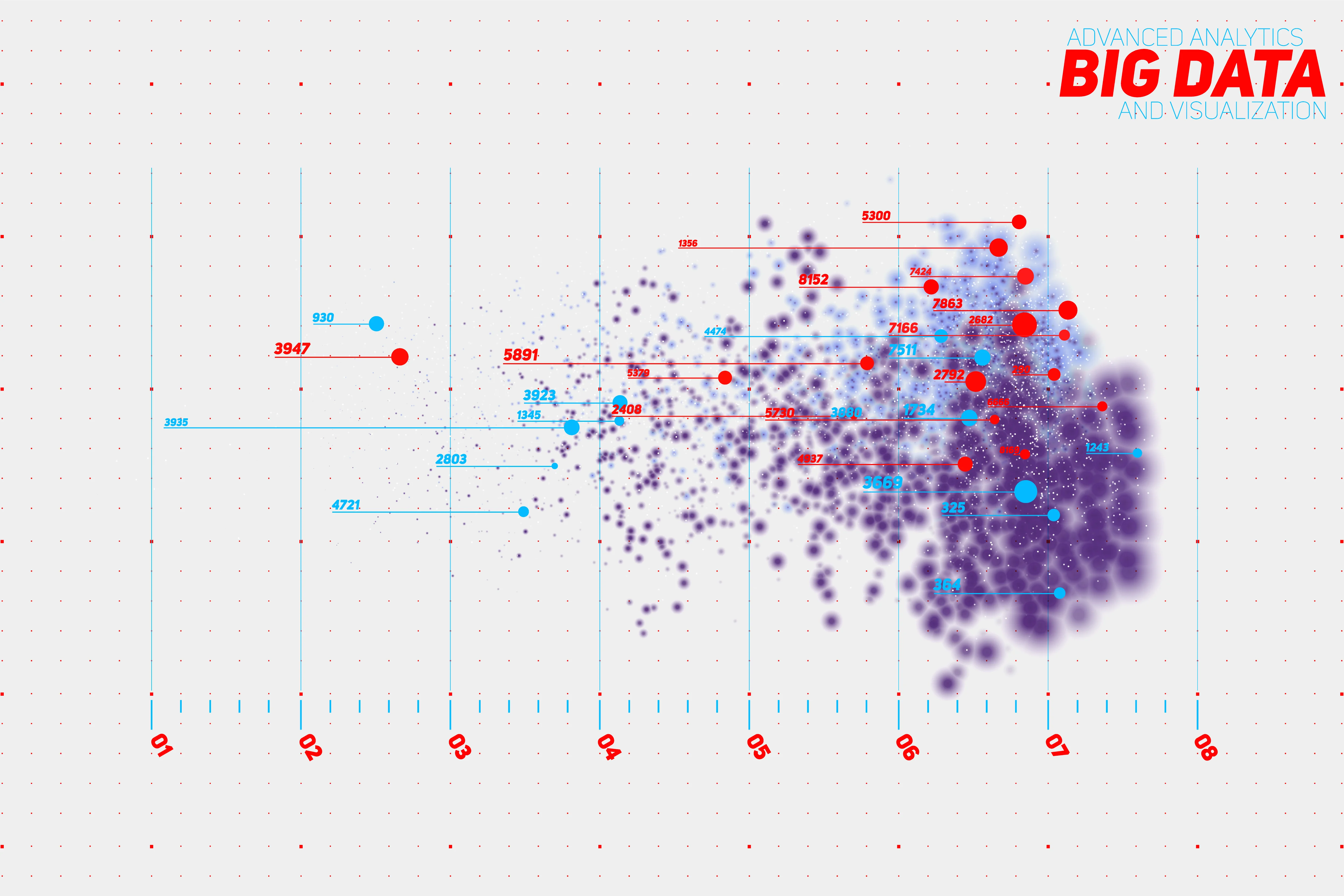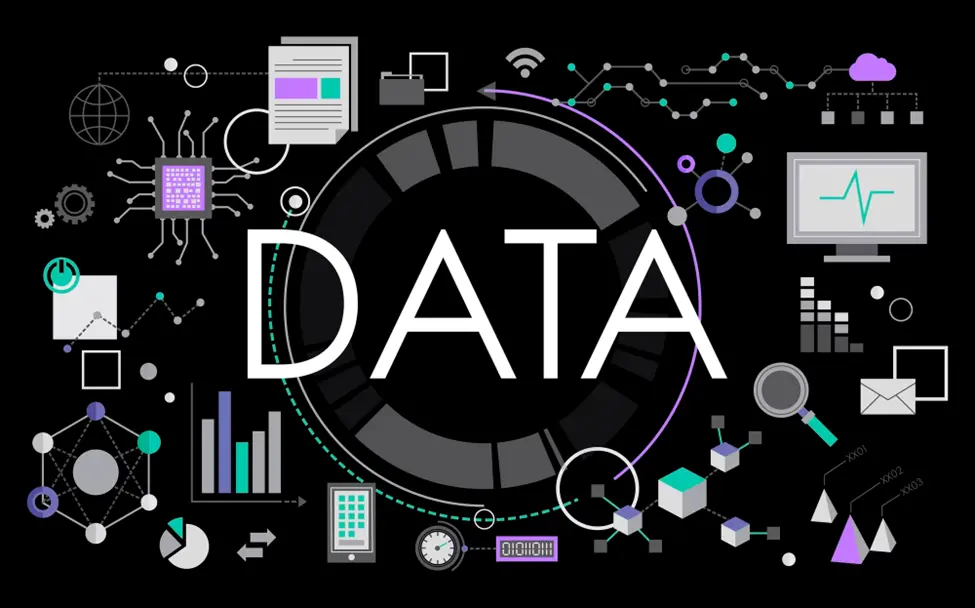Have you ever found yourself overwhelmed by the sheer volume of information at your fingertips as you deal with data preparation? Like when you’re eager to extract insights from a massive data set, but there’s a snag. The data is a chaotic mix of structured spreadsheets, unstructured social media comments, and semi-structured invoices. How do you even begin to make sense of it all?
Today, we’re going to help you better understand the fundamental differences between structured, semi-structured, and unstructured data. You’ll be equipped to harness the full potential of the information that drives your business decisions.
What is structured data?
Structured data refers to information organized in a specific manner or format. Typically, you can find structured data in relational databases where information is stored in tables with rows and columns. Each column has a specific data type, and each row contains a unique identifier known as a primary key. Because of this, it’s easier for you to search and analyze data.
To give you a better idea of this concept, let’s look at real-world scenarios of using structured data across different business domains.
When you swipe your card at a local bank, it’s structured data that swiftly processes your transaction. Or as you visit your favorite retail store, structured databases ensure shelves are stocked based on your buying preferences.
Pros & cons of structured data
| Pros | Cons |
|---|---|
| Due to its organized nature, it can be quickly and easily queried using standard tools. | Changes to the data model can be time-consuming and complex. |
| Can handle large volumes of data without compromising performance. | Requires more storage due to its fixed schema. |
| Data integrity is maintained through predefined schemas. | Can't easily accommodate diverse data types or formats outside its schema. |

What is semi structured data?
Semi-structured data offers a balance between the rigidity of structured data and the free form of unstructured data.
So, as we see from the semi-structured data definition, while it doesn’t conform to the strict tabular format of structured databases, it does possess some level of organization. This is often achieved through tags, hierarchies, or other markers that help in categorizing and distinguishing elements within the data. Common examples include XML files, JSON documents, and certain types of NoSQL databases.
For example, product reviews, user-generated tags, and customer feedback often reside in semi-structured formats. Tweets, user profiles, and other Twitter content is also semi-structured.
Pros & cons of semi-structured data
| Pros | Cons |
|---|---|
| Can accommodate diverse data types and formats without a fixed schema. | Can be more challenging to query and analyze compared to structured data. |
| Adapts well to changing data requirements and can handle large datasets. | Lack of a strict schema can lead to data inconsistency. |
| Can be merged with other data types more seamlessly. | Might require specialized storage solutions. |

What is unstructured data?
Unstructured data doesn’t fit into predefined models. As we compare unstructured and semi-structured data, the former is more complex to analyze and process. This data type encompasses a wide range of content, from text and images to videos and audio recordings. Your emails, PDF files, or photos you store on your smartphone — all are prime examples of unstructured data.
So, every tweet, status update, or Instagram caption you come across is a piece of unstructured data. Academic papers, reports, and articles are also unstructured. The feedback forms you fill out after a service or purchase are brimming with unstructured data.
Pros & cons of unstructured data
| Pros | Cons |
|---|---|
| Captures a wide range of information types, from text to multimedia. | Requires advanced tools and techniques for meaningful insights. |
| Can offer deeper, more nuanced understandings of user behaviors and trends. | Managing and storing vast amounts of diverse data is resource-intensive. |
| No need for a predefined schema, so you can get more organic data collection. | Without organization, specific data retrieval can be time-consuming. |

What is the difference between structured, semi-structured, and unstructured data?
So, as you already learned, each type of data has its strengths and challenges. Your knowledge regarding these data types can make the difference between data-driven success and missed opportunities. So, here’s why it’s important for you to be aware of the difference between semi structured and unstructured data. Each data type:
- Provides different insights.
- Requires various storage solutions.
- Needs the right processing tools for faster and more accurate data conversion.
- Allows for better planning and scaling of data infrastructure.
Comparison of structured vs semi structured vs unstructured data
| Criteria | Structured data | Semi-structured data | Unstructured data |
|---|---|---|---|
| Organization | Highly organized in tables | Organized with tags or markers | Lacks specific format |
| Flexibility | Low (fixed schema) | Moderate | High |
| Storage needs | Relational databases | NoSQL databases, JSON, XML | File systems. object storage |
| Analysis complexity | Low | Moderate | High |
| Examples | Databases, spreadsheets | Web data, configuration files | Emails, videos, social media |
So, what distinguishes these types of data: structured, unstructured, semi-structured?
Structured data thrives on organization. With its tabular format, it’s the go-to for tasks that require swift and precise querying. It will perfectly do for Ideal for CRM systems, banking transactions, and inventory management. However, its rigidity can be a limitation when dealing with diverse data sources.
A semi-structured data model offers a blend of flexibility and organization. It’s versatile but can pose challenges in consistency and querying. It’s a great choice for e-commerce platforms, web content management, and configuration settings.
The wild card of the trio, unstructured data, is vast and varied. While it offers rich insights, it demands advanced tools for meaningful analysis. It’s better suited for sentiment analysis, multimedia content platforms, and research documentation.
💡 No matter the data type, we can't stress enough the importance of performing verification and validation of data. This process is about instilling trust in the data you rely on. It's about ensuring that the insights derived are grounded in reality. And most importantly, it's about safeguarding the integrity of your business decisions.
Conclusion
So, which data type should you go with? As we’ve already discovered, it’s the matter of what you’re going to be using the information for. The comparison of structured, semi-structured, and unstructured data in big data has shown us that each offers unique advantages and challenges.
At Nannostomus, we understand the nuances and complexities of these data types. Our data scraping and processing services are designed to help businesses navigate the big data landscape with confidence. Reach out to us today to learn how we can help you achieve a data-driven future for your business.




